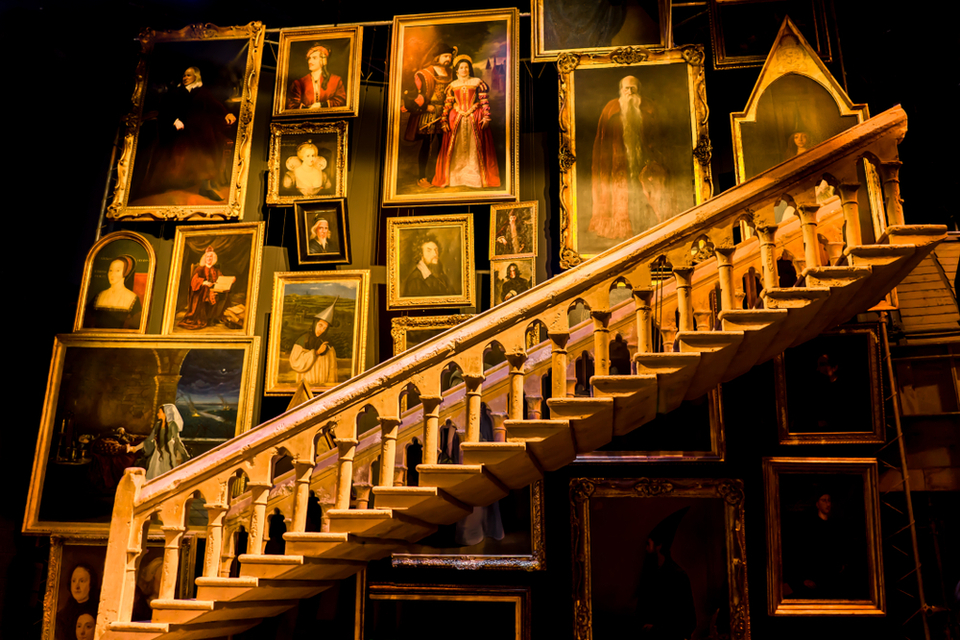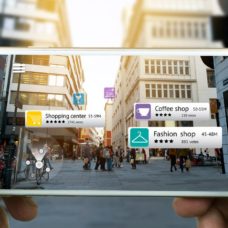Images in photos hanging on the fictional wall of Hogwarts freely move around and even jump into other frames to visit. Now, the computer scientists at the University of Washington have figured out how to make the magic a reality.
Using their algorithm, Photo Wake-Up, the researchers can make an image from a 2-D photo perform various activities. They can make them walk, run, and yes, jump out of the frame.
Also, the system supports augmented reality tools, which enables users to view the animations in three dimensions.
Animating an image to run out of a single photo is no easy feat. In the past, several researchers have tried and failed in this venture due to a straightforward reason.
Co-author of the study, and professor in the Allen School, Brian Curless explained:
“There is some previous work that tries to create a 3-D character using multiple viewpoints. But you still couldn’t bring someone to life and have them run out of a scene, and you couldn’t bring AR into it. It was astonishing that we could get some compelling results with using just one photo.”
So, how did the University of Washington researchers create the magic?
Using Photo Wake-Up To Create Moving Images
For the algorithm to create an image that moves, it first has to identify the person in the photo. Next, it creates a mask of the body’s outline. After that, it matches a 3-D template to the person’s body.
Here’s where it gets interesting.
In order to ensure that the template looks like the person in the photo, Photo Wake-Up manipulates the 3-D by projecting it back into 2-D.
Explaining why the algorithm projects back into 2-D, co-author of the study and doctoral student at Allen School, Chung-Yi Weng said:
“It’s tough to manipulate in 3-D precisely. Maybe you can do it roughly, but any error will be obvious when you animate the character. So we have to find a way to handle things perfectly, and it’s easier to do this in 2-D.”
Photo Wake-Up then generates the person’s back from the image and 3-D template. Finally, the tool combines the two sides to create a 3-D person that can turn around.
That’s it; you have an image that can run around and jump out of frames.
For the background, the algorithm borrows information from other parts of the images. That way, the character won’t run around in blank space.
Potential Applications of Photo Wake-Up
The researchers believe that the algorithm could offer a new way for gamers to create avatars that look like them. Also, art lovers could interact with their favorite paintings.
Weng and his team intend to present their results at the Conference on Computer Vision and Pattern Recognition in Long Beach, California on June 19.

















Comments (0)
Most Recent